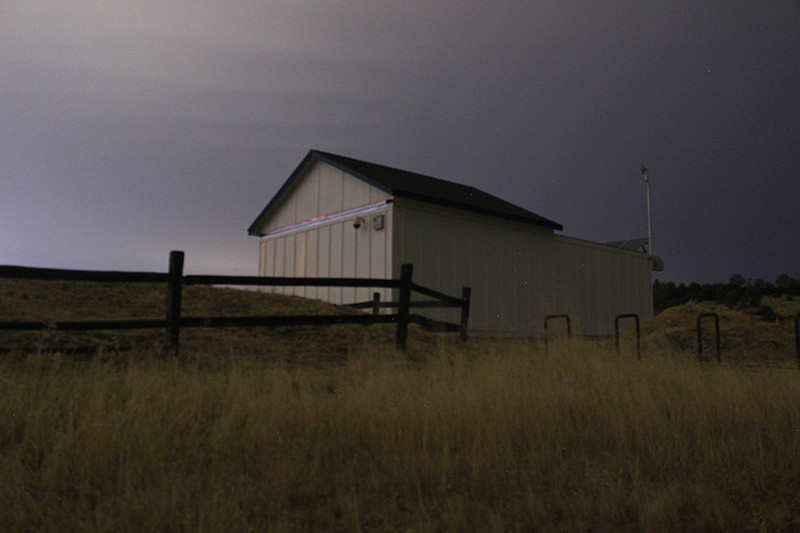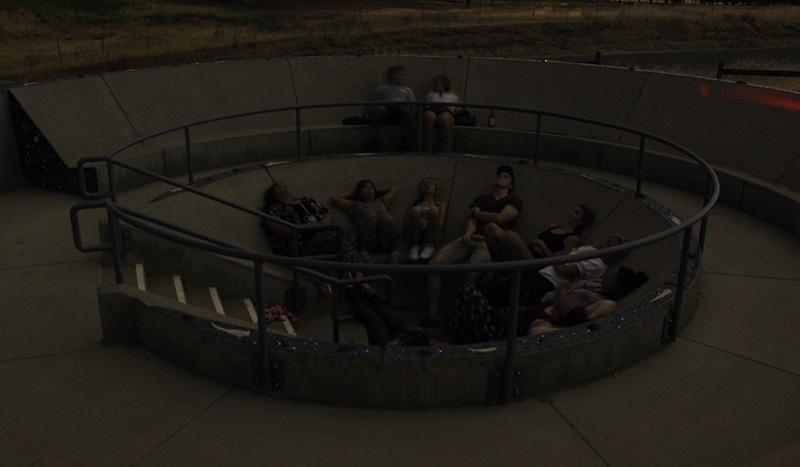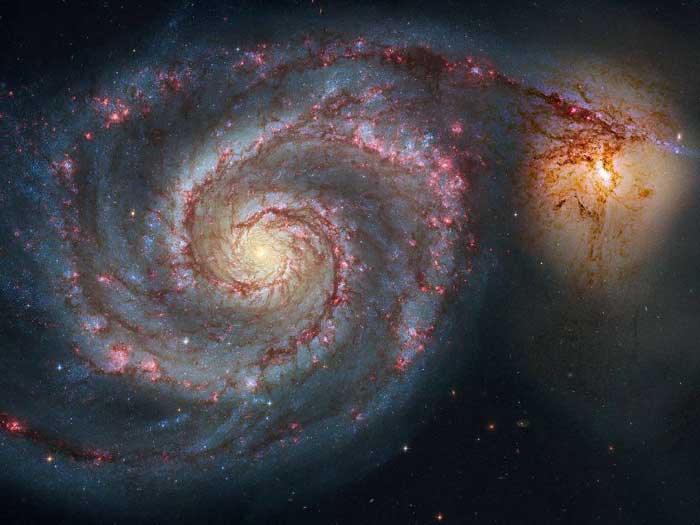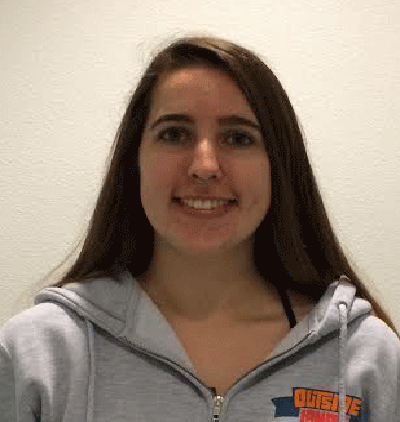Going to school in a small college town, the pool of activities can run dry after a few fun weekends. Instead of heading back to square one, Chico State students can find alternative ways to light up their weekend nights by stargazing. Luckily for students, there is a complete observatory in Chico’s backyard— for free.

Frequenters of Upper Bidwell Park may have noticed a small building just past the gate. That is the Chico Community Observatory (also known as the Anita Ingrao Observatory), just a short drive past 5 Mile off the left side of the road.
Several volunteers work each night to show star gazers what is visible through their two telescopes and explain what a star actually is.
After 32 years of working in aerospace, Mike Davis volunteers with the observatory two nights a week. With the aid of resources from the Hubble Space Telescope, Davis illuminates the observatory with images and simulations of colliding galaxies, star clusters and black holes.
The observatory is a non-profit organization funded by the Chico Sunrise Rotary Club and by donations from its guests. The Chico Community Observatory gladly appreciates any donations during guest visits.
The observatory’s hours of operation are based on the Earth’s location in the solar system relative to the sun. Though they are open year-round, the observatory’s summer hours, which end on Oct. 1, are from sunset to 10:45 p.m. Friday through Sunday. Visitors should always check the weather before heading out as clear skies are a necessity for stargazing.

On Sept. 27, the observatory will be open for a special celestial event. A lunar eclipse will be visible around 7 p.m. and will be showcased at the observatory, if weather permits. In the coming months, guests can look forward to seeing more of the Andromeda Galaxy, the Crab Nebula and the Pleiades star cluster.
Davis suggests that stargazers come on nights when the moon is not visible in the sky. That allows other objects in the sky to be seen without light from the moon blocking the telescope’s vision.
“Bring a sense of wonder,” he said. “Feel free to ask questions, and have fun— It’s always fun here.”
Based on Earth’s location relative to other points in the sky, the observatory’s two telescopes will be adjusted to view various objects in space. One telescope is used specifically to view galaxies, millions of light years away, and then photograph them. The other can be pointed at objects in the sky, like Saturn, Neptune and even the surface of Earth’s moon.

What looks to the naked eye like a regular star or a mundane section of a dark sky can actually be a dead star or a cluster of galaxies.
Guests can learn about the Milky Way’s future collision with the Andromeda Galaxy. Don’t worry though, Earth will not hit for another 4 billion years.
The observatory posts information regarding hours and if the weather is permitting, on its Facebook page. Tthis as the best way to keep up-to-date with the Chico Community Observatory, Davis said.
The Chico Community Observatory offers a wonderful experience to share with friends or family. People of all ages will enjoy the amazement of the sky above.
So next weekend grab some friends or bring a date up to the Chico Community Observatory and take a gander out into space.
Sabrina Grislis can be reached at featureseditor@theorion.com or @sabrinagrislis on Twitter.








Keith Williams // Feb 26, 2017 at 10:31 am
I have a Meade telescope that I would like to donate to someone who would use it.
Scott // Aug 12, 2017 at 8:34 pm
Hi Keith, if no one has responded yet, my niece is very much into science and it would be amazing if we could use it. I know it’s several months later but it can’t hurt to ask. Thanks!
Michael Solly // Aug 21, 2017 at 11:35 am
I would use it for my kids as a homeschool tool
Michael Solly // Aug 21, 2017 at 11:37 am
wow I just saw how old this post was lol
Keith Williams // Feb 23, 2017 at 1:57 pm
I have a meade telescope that is computer controlled and I would like to donate it to some one who could make good use of it.